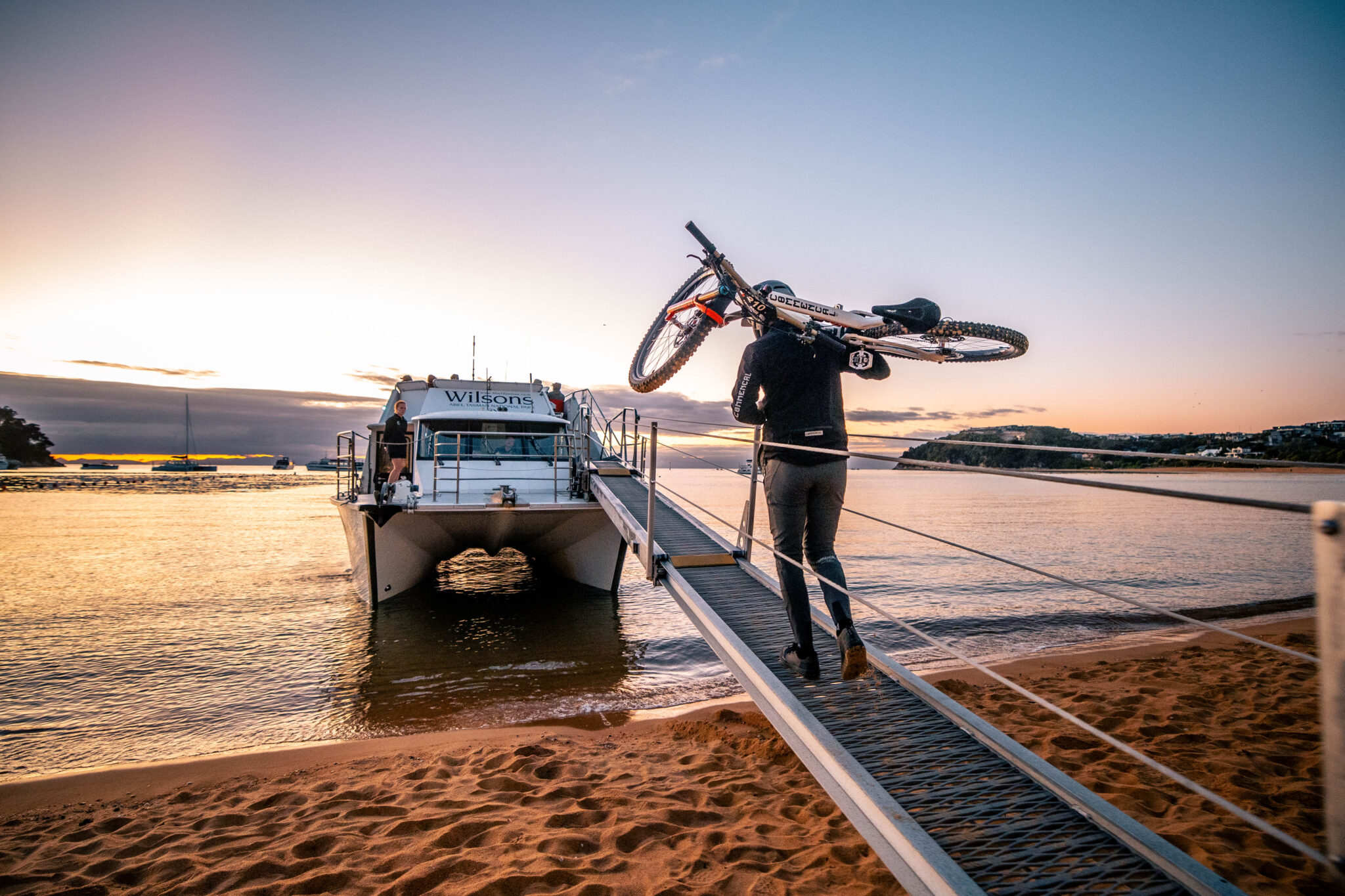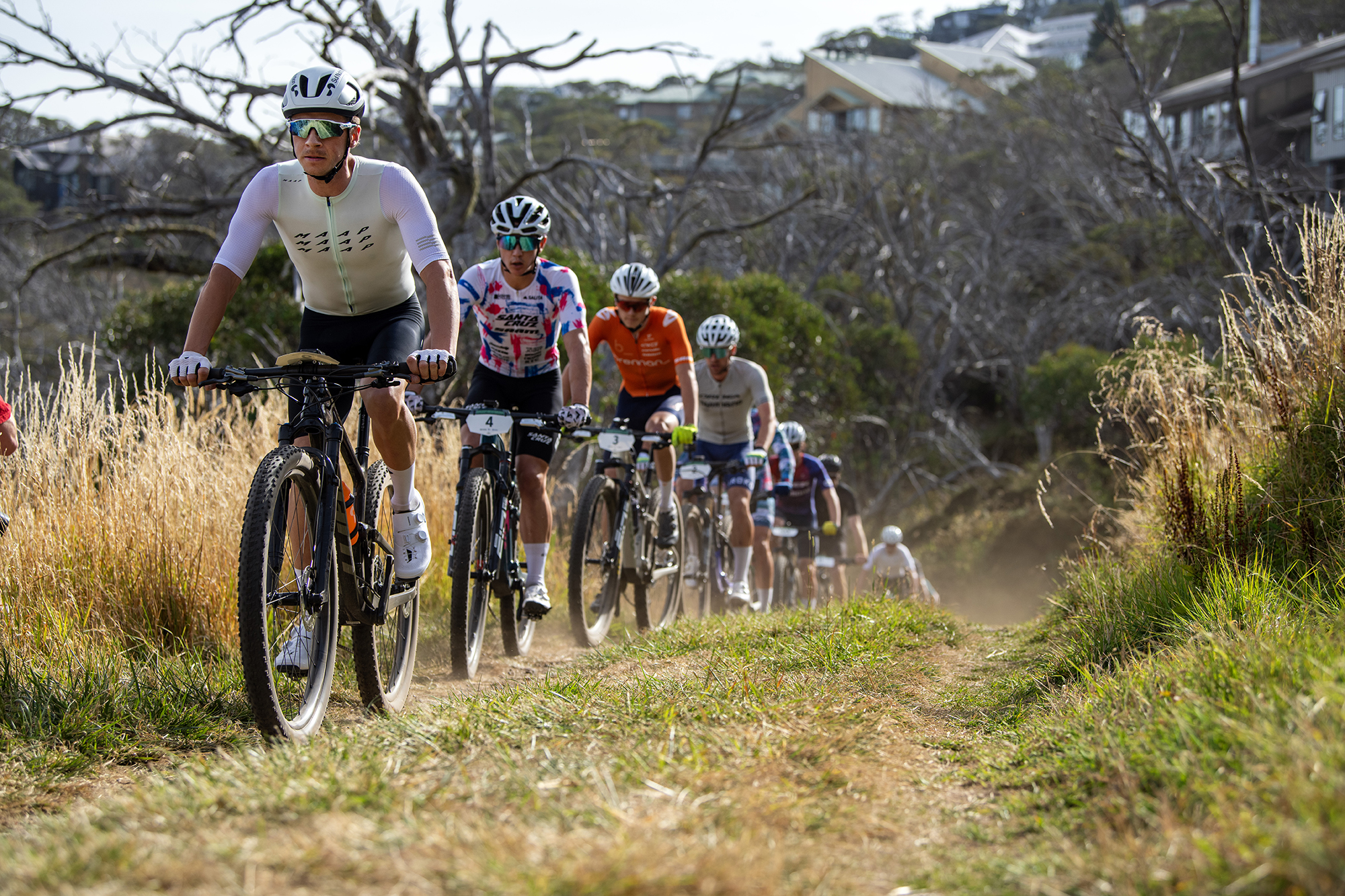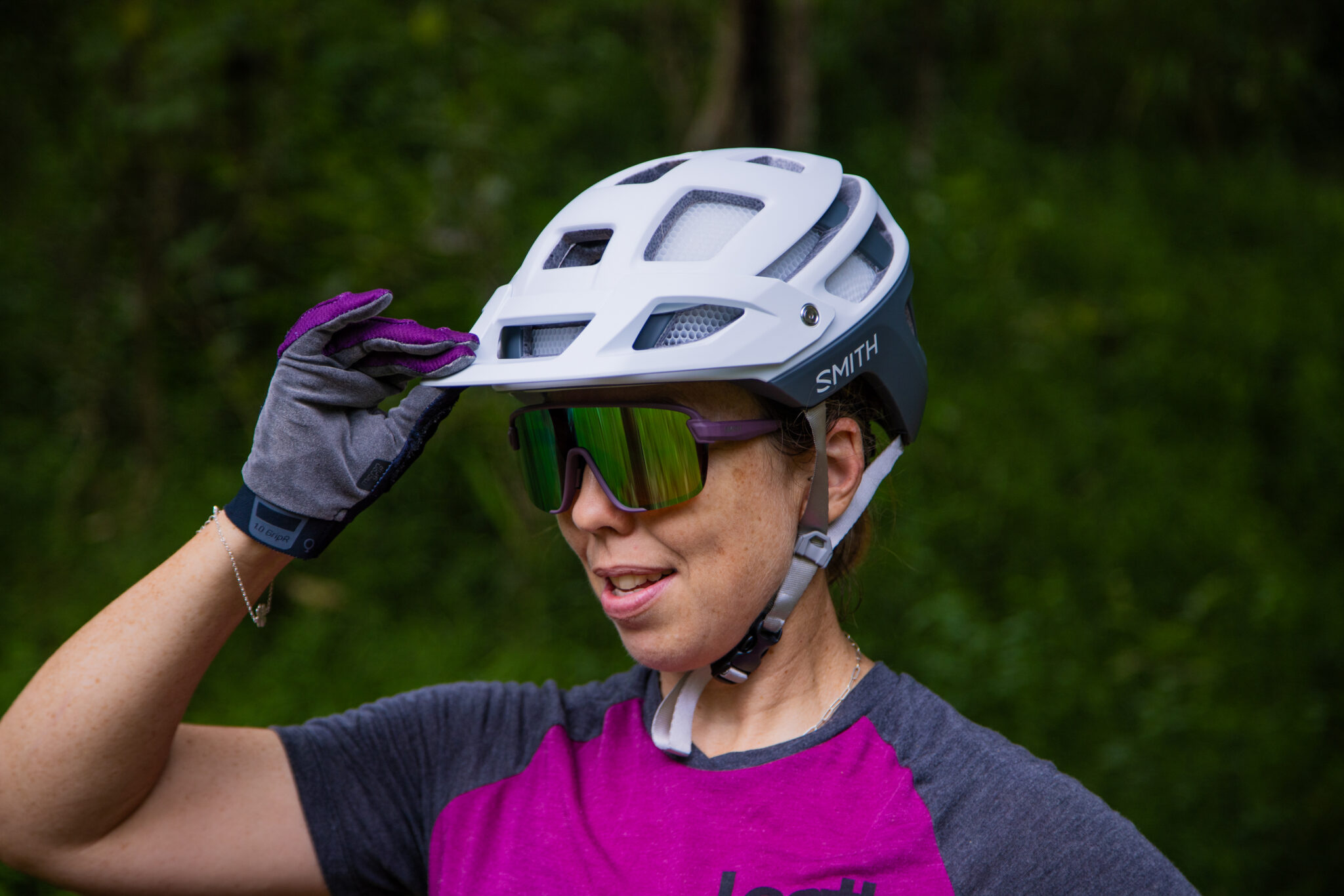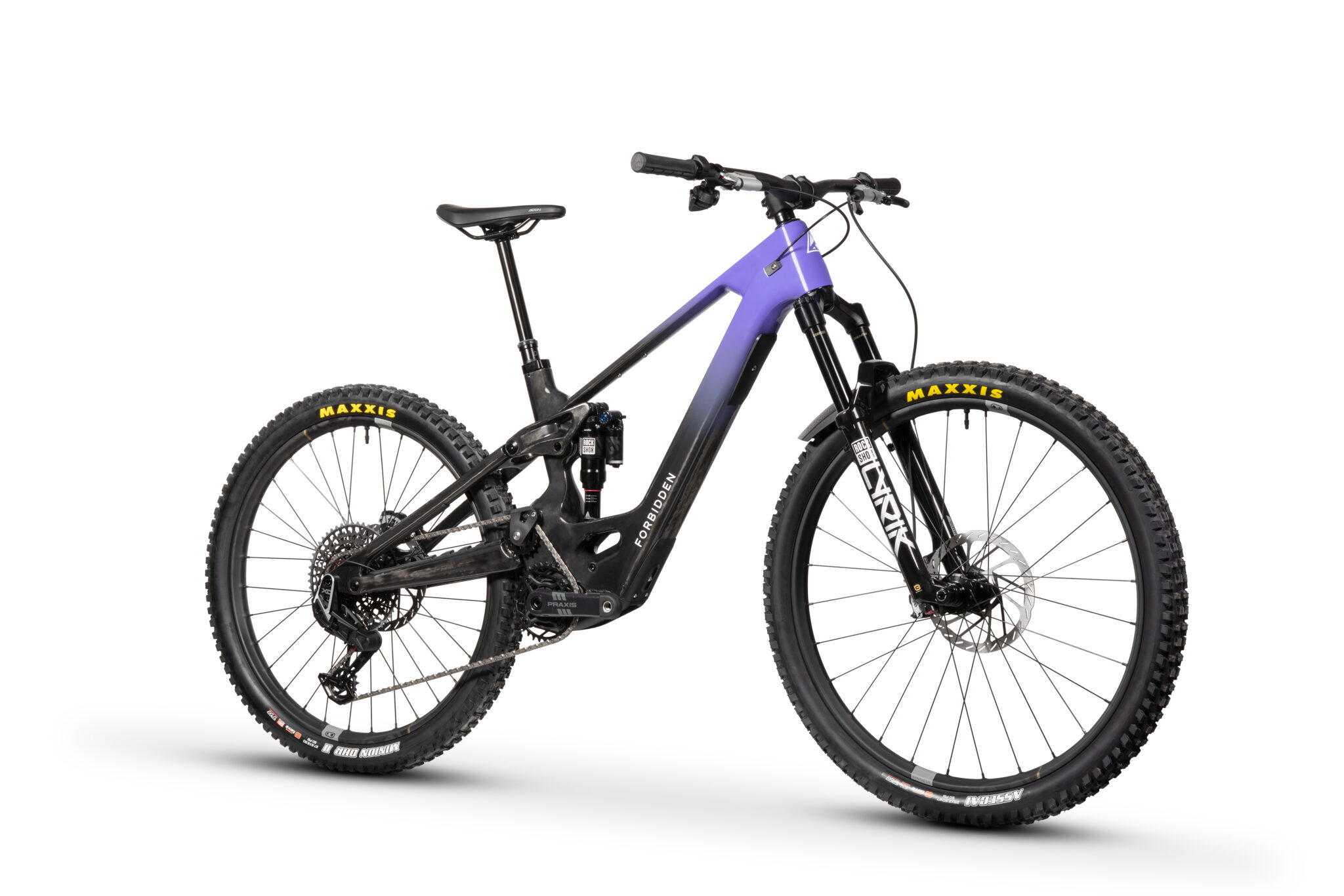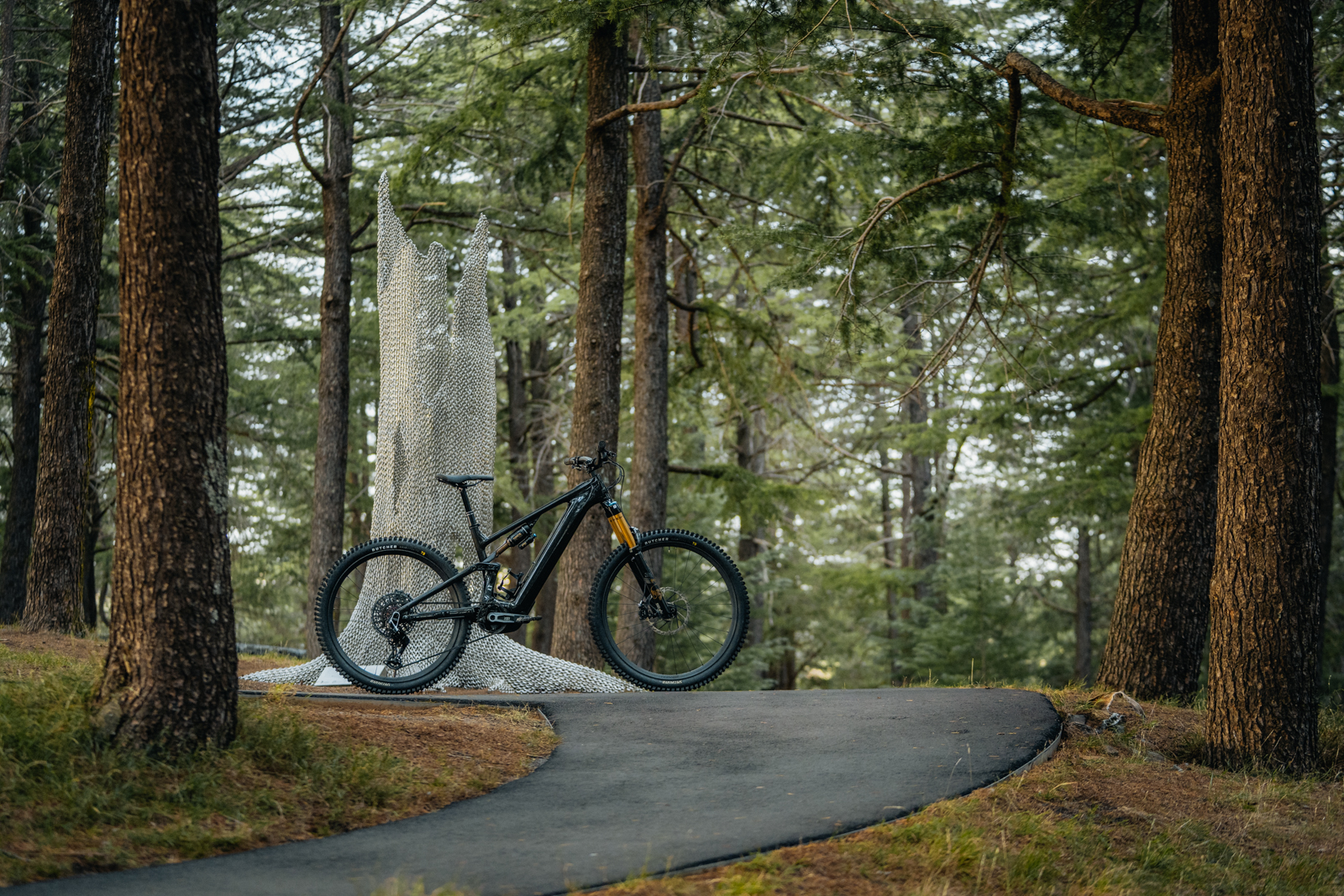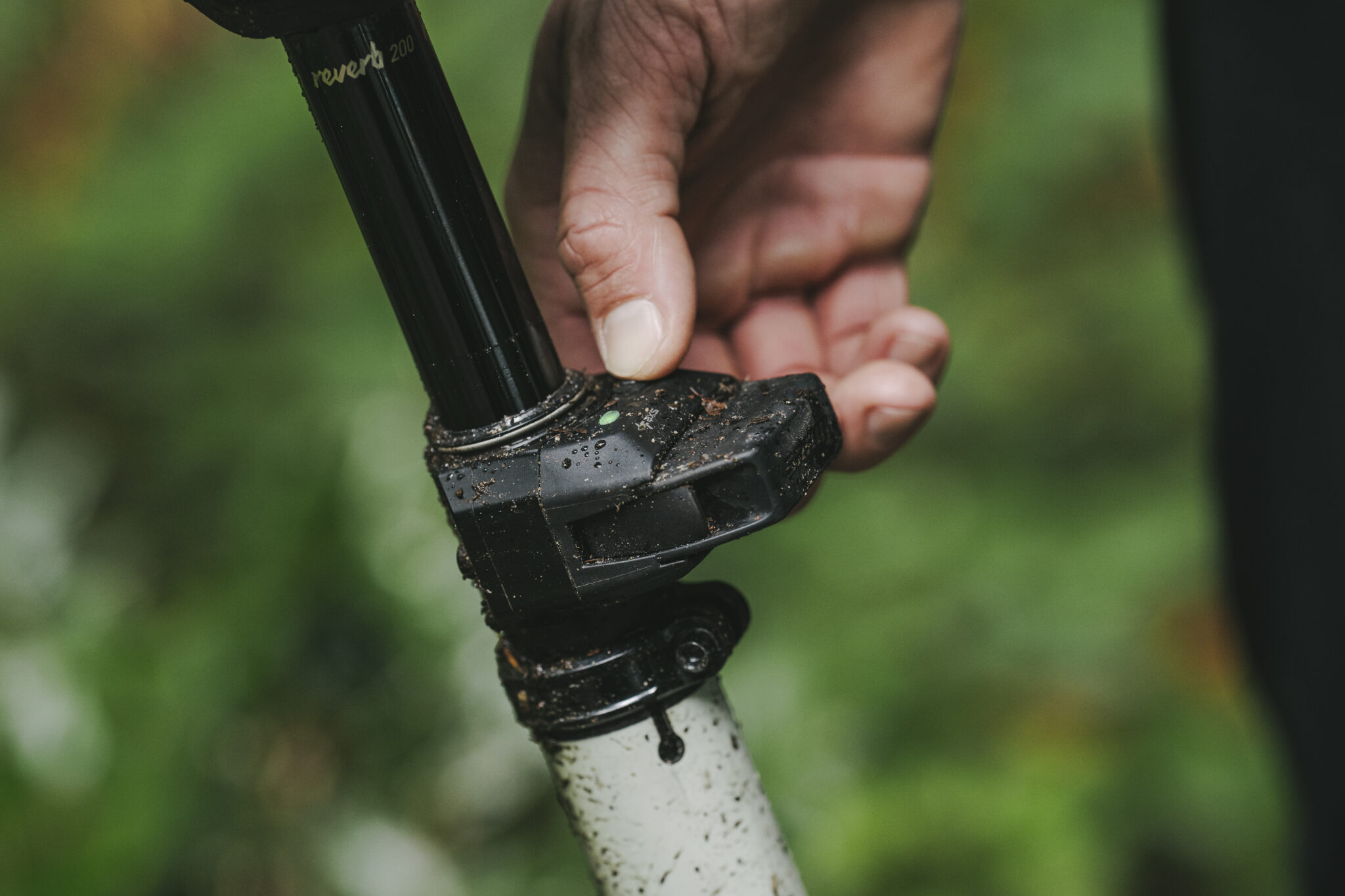TESTED: Hutchinson's latest MTB Tyres
With Ride Sports stocking an extensive range of Hutchinson XC and trail tyres - we put them head to head.
You have only one point of contact between your bike and the trail, and picking the right tyres should not be about fashion or choosing what your favourite rider uses – but it should be about performance for your riding and your trails. The trick is, finding what tyre suits you, your bike and your trails, when there are so many models on the market takes a long time!
Hutchinson have a wide range of tyres to suit XC, trail riding, enduro and eMTB use. And it's their XC and trail tyres which I have taken a closer look at. After already testing the Hutchinson Python 2 earlier this year, the Australian importers Ride Sports sent out 3 sets of other tyres, ranging from full on XC through to trail use. You can take a look at the details of the three pairs of tyres on this previous post.
We had a mix of tyres, some using the 127tpi casing with RR XC rubber (Race Riposte, a triple compound), others using the Hard Skin 66tpi reinforced casing, with the same RR XC rubber.
The RR XC rubber puts very firm rubber under the tread knobs for less squirm, with a softer mid layer and the softest rubber on the shoulder and edge knobs. The idea being the tread wears slowly and rolls fast with the firmer rubber in the centre of the tyre, but gives more grip on the edges when you need it.
The tyre testing set up
First things first – we don't have a lab for tests on rolling resistance, fatigue life or anything like that. Those sorts of things are within the realm of major companies when developing products, or PhD students with access to labs and a keen interest in mountain biking. So while the term 'terrain lab' is bandied around on social media a lot – it was what was used. I did use my own XC bike for testing, one that I'm very familiar with. It currently has a 120mm fork, with 100mm rear travel, short travel dropper, and some long and low geometry – with a 67.5 degree head angle and almost 490mm reach as shown.
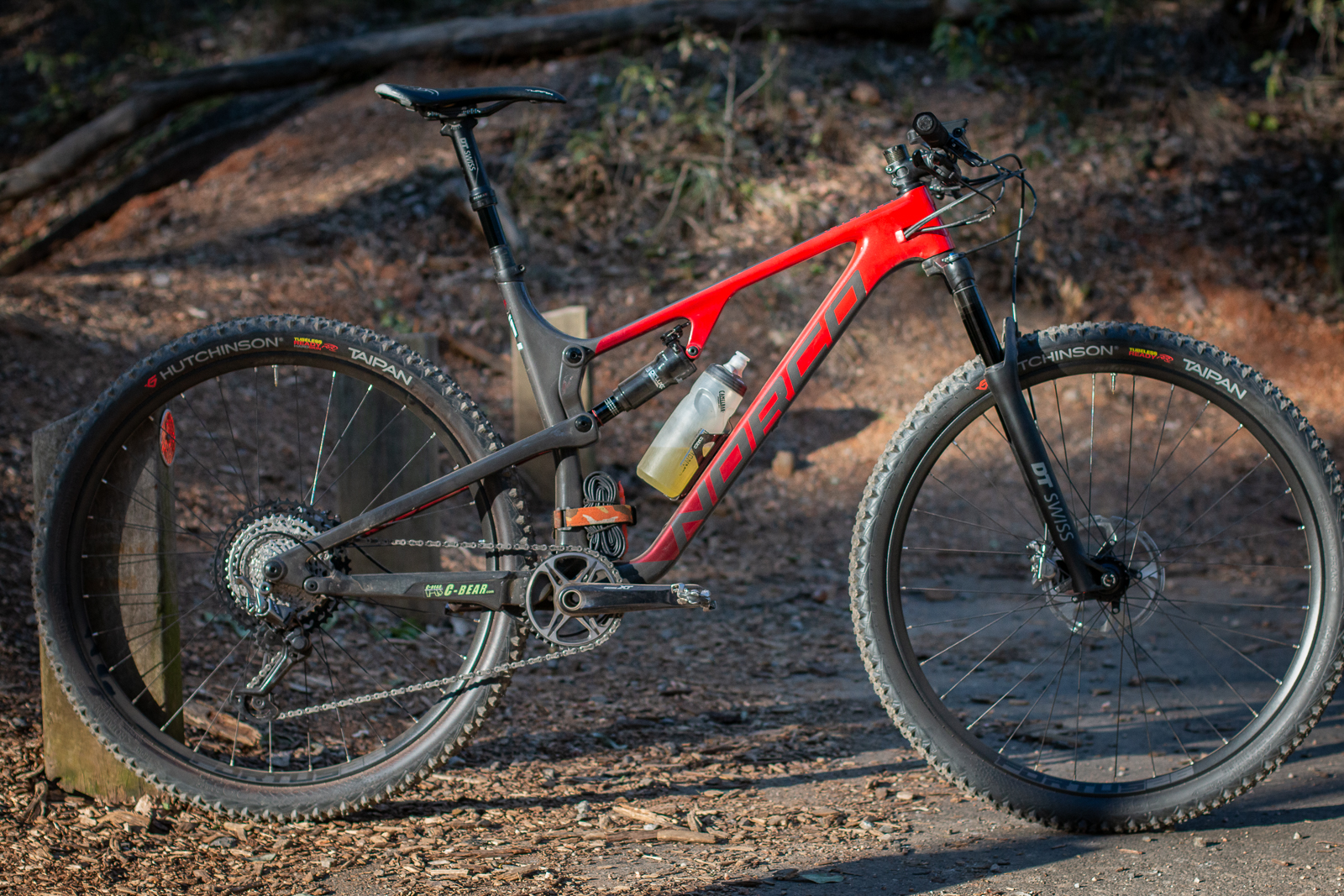
All tyres were tested on rims with a width of either 25.5mm or 26mm – so much of a muchness. As such, direct comparisons to how they rode and felt on my local trails were easier to make back to back. The Skeleton, Kraken and Taipan were all compared on a local loop at Ironbark against the clock, with pressures set for feel on a small loop before being taken out on the test loop and further notes being recorded.
I did use a power meter to try to stick to set wattages on the climb in the loop – but arvo trail traffic had more impact than any differences in tyres will have. Still, it was a set of numbers to have on hand.
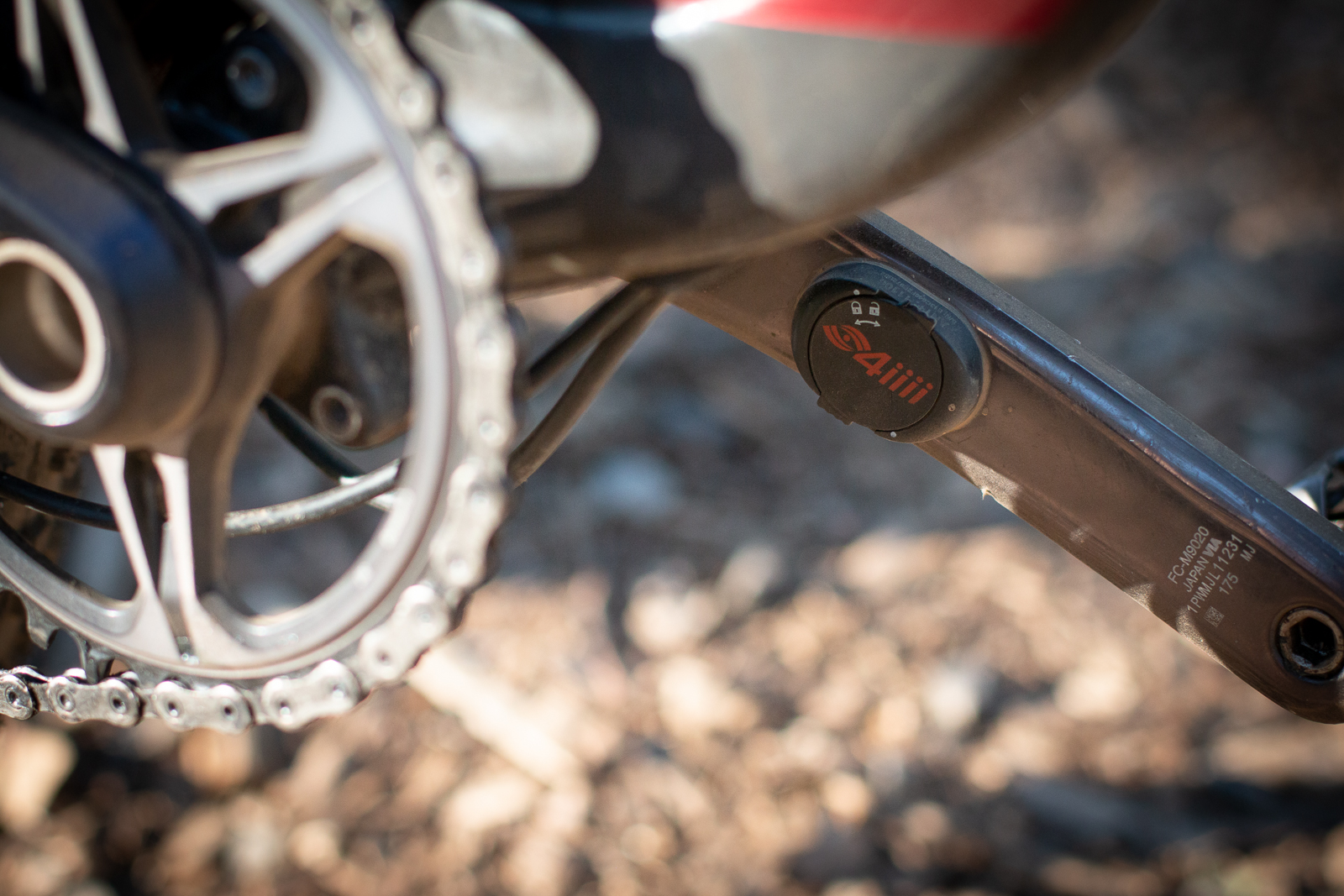
While the key ride impressions and any data come from that specific testing, extensive further riding has really shaped the overall feedback on each tyre. Funnily enough, while notes made furiously after each test reveal huge differences in feel on the trail – data shows less than 1% performance difference on the downhill section!
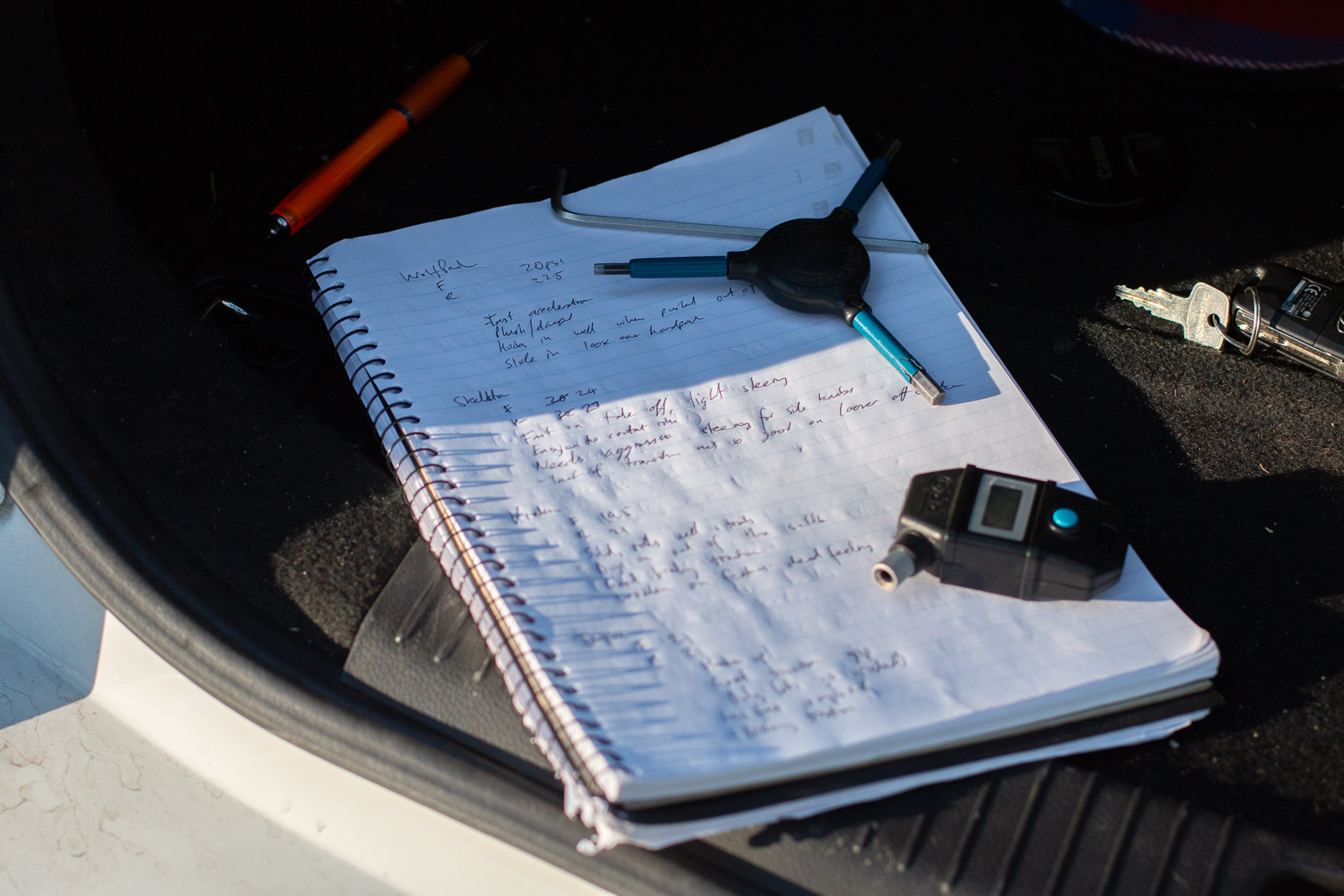
Hutchinson Skeleton 29×2.15"
The Skeleton is fast! Ride Sports sent us one each of two casing options, and I set up the Hard Skin model on the back for greater puncture protection, with the lighter model on the front. Both are tubeless ready.
The Hardskin model weighed 615g and has a 66tpi casing, while the regular model with normal rubber (not RR XC) weighed 581g with the more supple 127tpi casing. Because of the narrower size, I rode these tyres at 24psi in the front and 27psi in the back. The lighter casing inflated to a tiny bit wider, almost 54mm, while the reinforced casing was 52mm across.
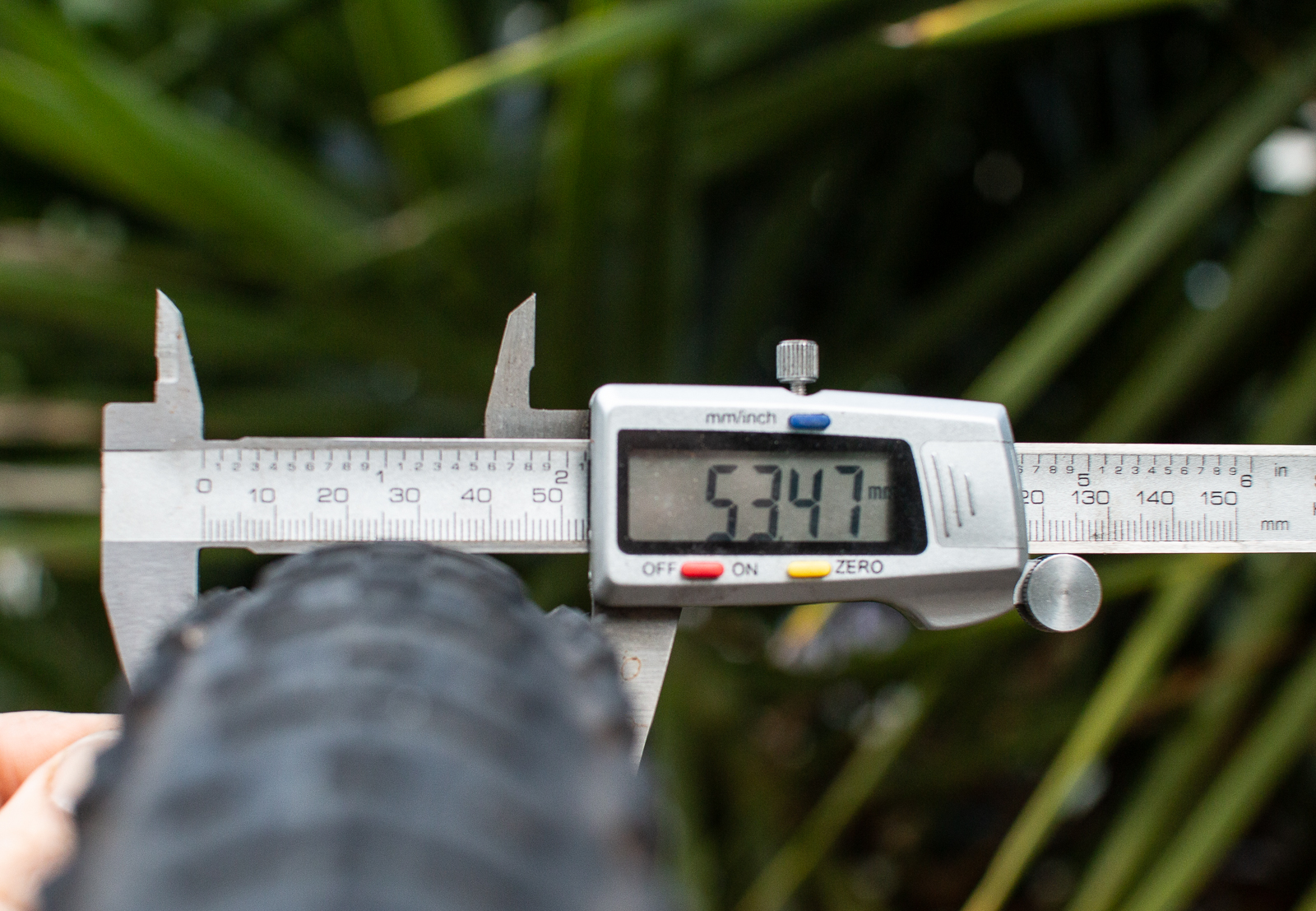
Thanks to a very low centre tread height, and low overall weight, the tyres roll really fast. On hardpack, smooth firetrails and dirt roads they are lightning quick. Where you really notice it is when taking off out of a corner, or from a standing start. With a low overall weight, there's just less weight to get moving, and the low profile tread means there is little resistance.
To get the ride feel I wanted, I set these tyres up with 24psi in the front and 27psi in the back.
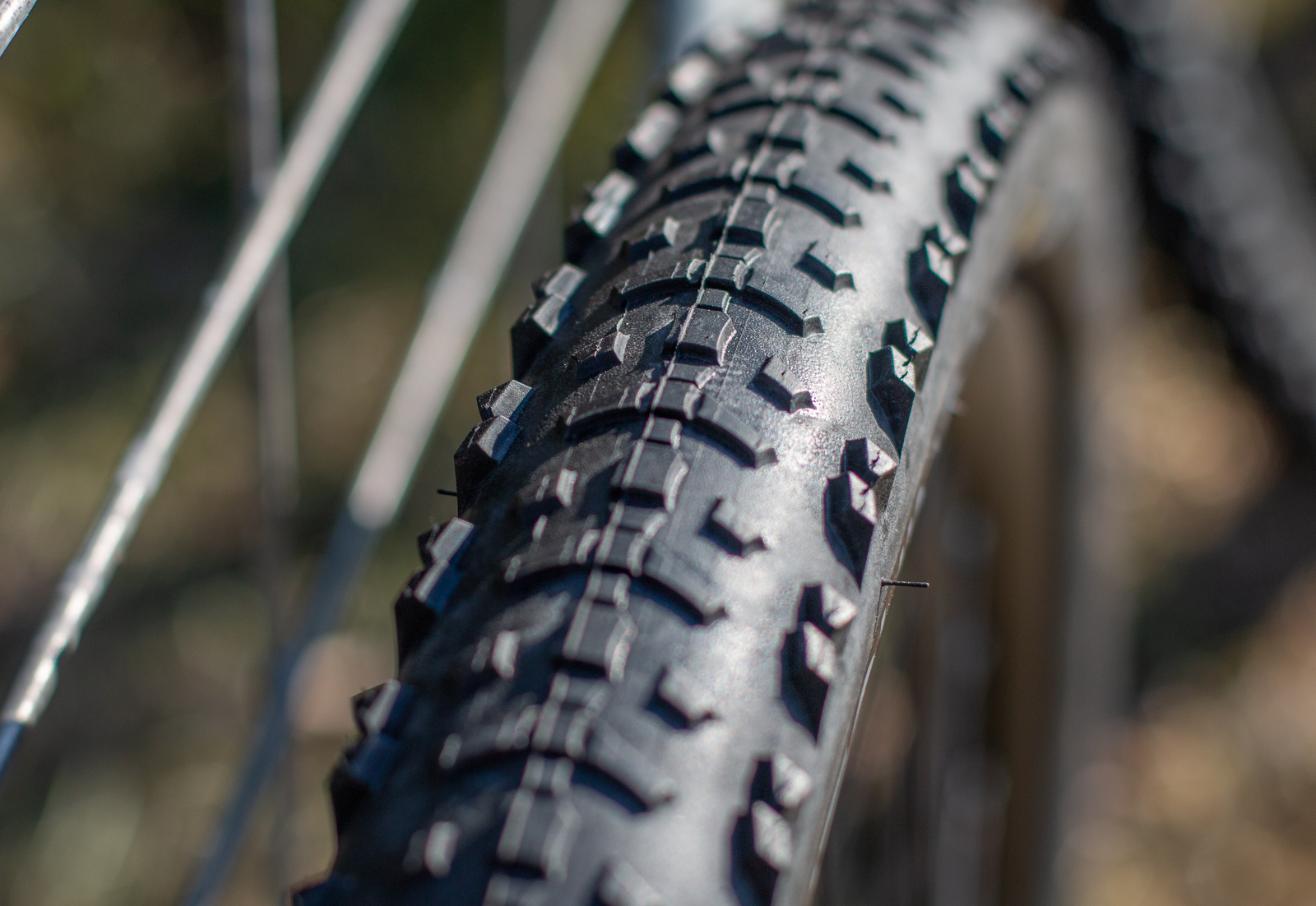
Of course, if you go to get on the gas on loose terrain, like where it's very dry and crumbly with some gravel, or on wet rocks or roots – it's harder to maintain traction. This is not uncommon with the majority of XC treads.
I usually run a slightly more aggresive tyre on the front than the rear, but using the Skeleton front and back is a great reminder as to how light it makes the steering feel. Sure there is a trade off on overall grip, but in the right conditions the input from your bars or from body shifts is immediate. Obviously you notice this at any speed, but at lower speeds like on steep singletrack climbs, you can really notice the direct feedback.
On the test loop I did there's nothing too gnarly, but the descent is a litle under 2 minutes, with a few things to hit. And I did just hit the rim on the Skeleton, on the front wheel, as the light casing and slightly narrower overall width and size doesn't quite offer the same base of support as a larger tyre. Measured up, it's a small difference. but that difference is across the height of the tyre and the volume.
While the centre tread is quite low, it's really effective on hardpack and when ridden in aggressive cross-country manner. It's fine to have things moving around a little, if the overall speed is higher. But with barely any transition knob on the shoulder of the tyre, for good cornering grip you need to commit to a corner and get the Skeleton over onto the edge knob, In this regard, the tyre is a lot like a Maxxis Aspen, although not quite as wide (and the Skeleton is lighter).
In terms of tread wear, given the low tread height there isn't a lot of rubber to play with in the first place, and therefore tread wear is noticeable (as you can see in the photo below). That's not to say they wear faster, but when there's not much there in the first place…
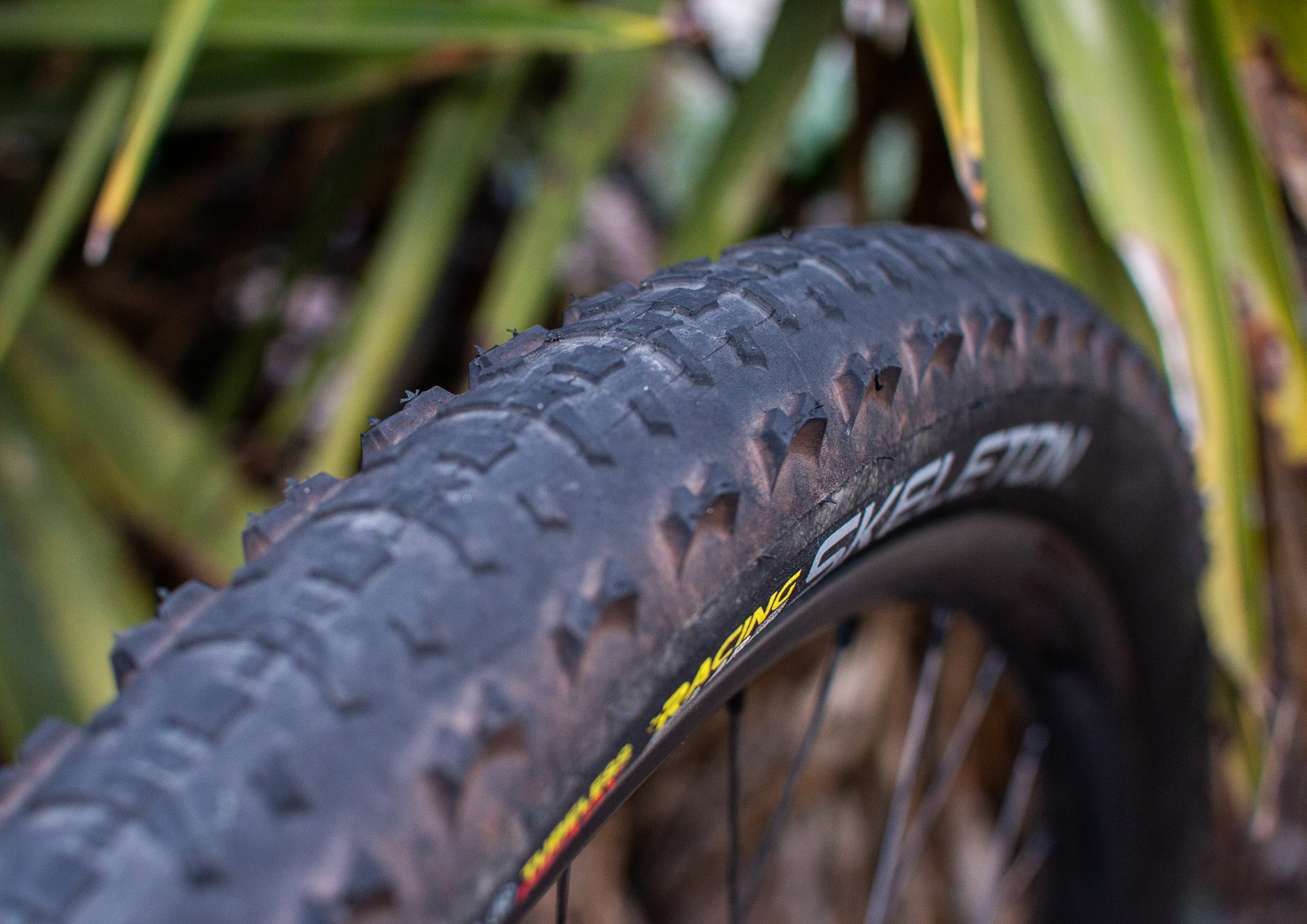
Still, the Skeleton have their place. They're fast rolling, and can transform your bike from feeling sluggish with stock, heavy tyres to feeling like a whippet, if that's what you're after. If you ride somewhere with plenty of fast trails and not littered with loose rock, these could be an ideal racey cross-country tyre. They would also suit a drop bar gravel or adventure bike with clearance for 2.15" tyres. On my local trails in south east Queensland they were fun and fast.
They didn't feel as surefooted as some wider tyres – but on the two minute descent I was only 3 seconds slower than my PB (probably set on a Norco Optic) – despite feeling waaay sketchier. Fast tyres are fast if you're ok with that! And on the climb to get to the descent, it was my second fastest time with an average of 317W.
The Skeleton is a racey tyre, and one worth considering if you need something for high speed and low weight, where high volume isn't a consideration. The Hardskin model is super tough, but I would suggest the 127tpi model for the best trail feel and ideally with the RR XC rubber, unless you have a lot of very sharp rocks and thorns to deal with where the Hard Skin model would be the choice.
RRP: $89.00
From: Ride Sports
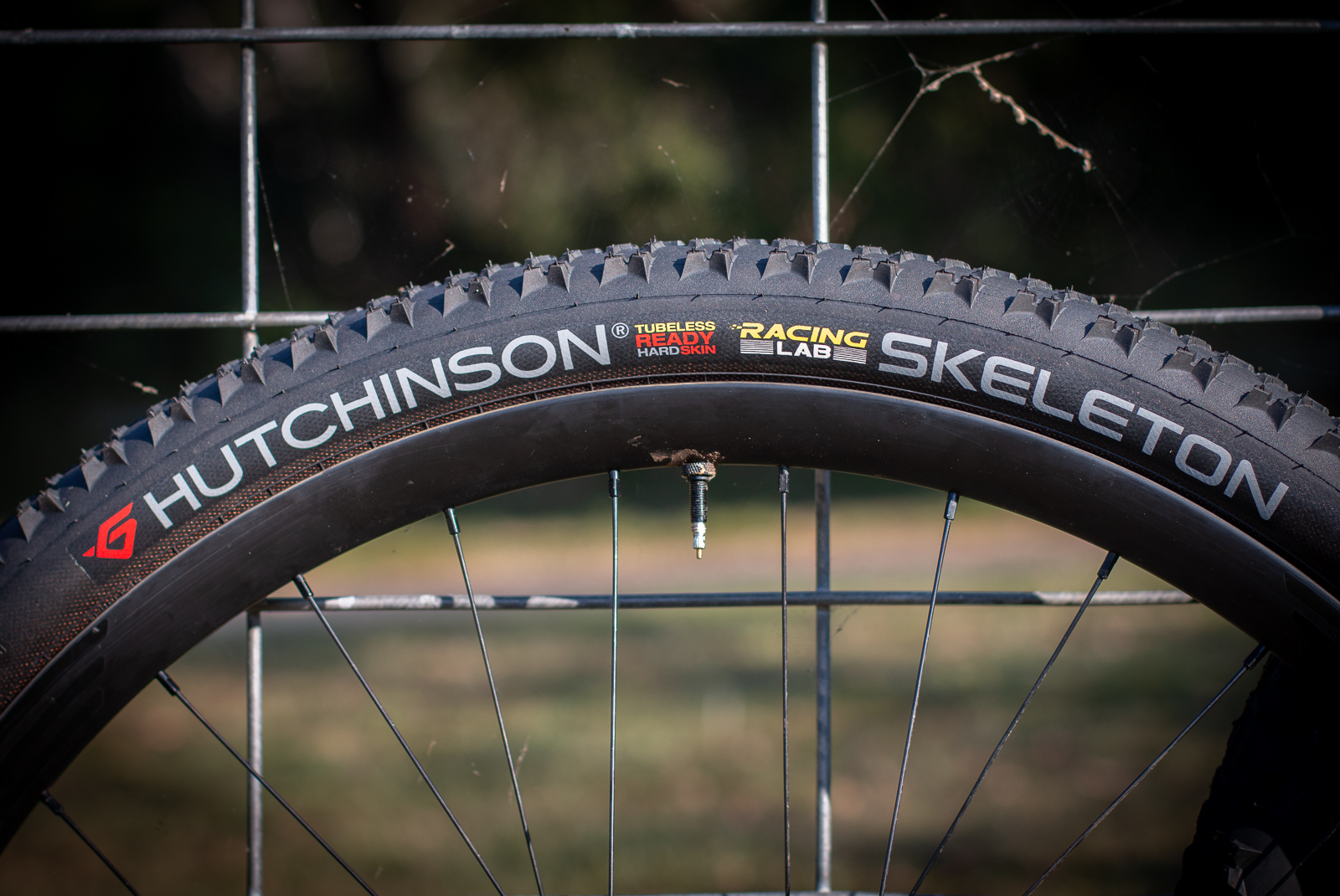
Hutchinson Kraken 29 x 2.3"
The Kraken is the bigger brother to the Skeleton, and it seems obvious when you put them side by side, as there is clearly a similar take on centre tread, with wide paddles used for accelerating and braking traction. The much higher edge knobs are there to make the Kraken a more versatile tyre than the bare bones Skeleton.
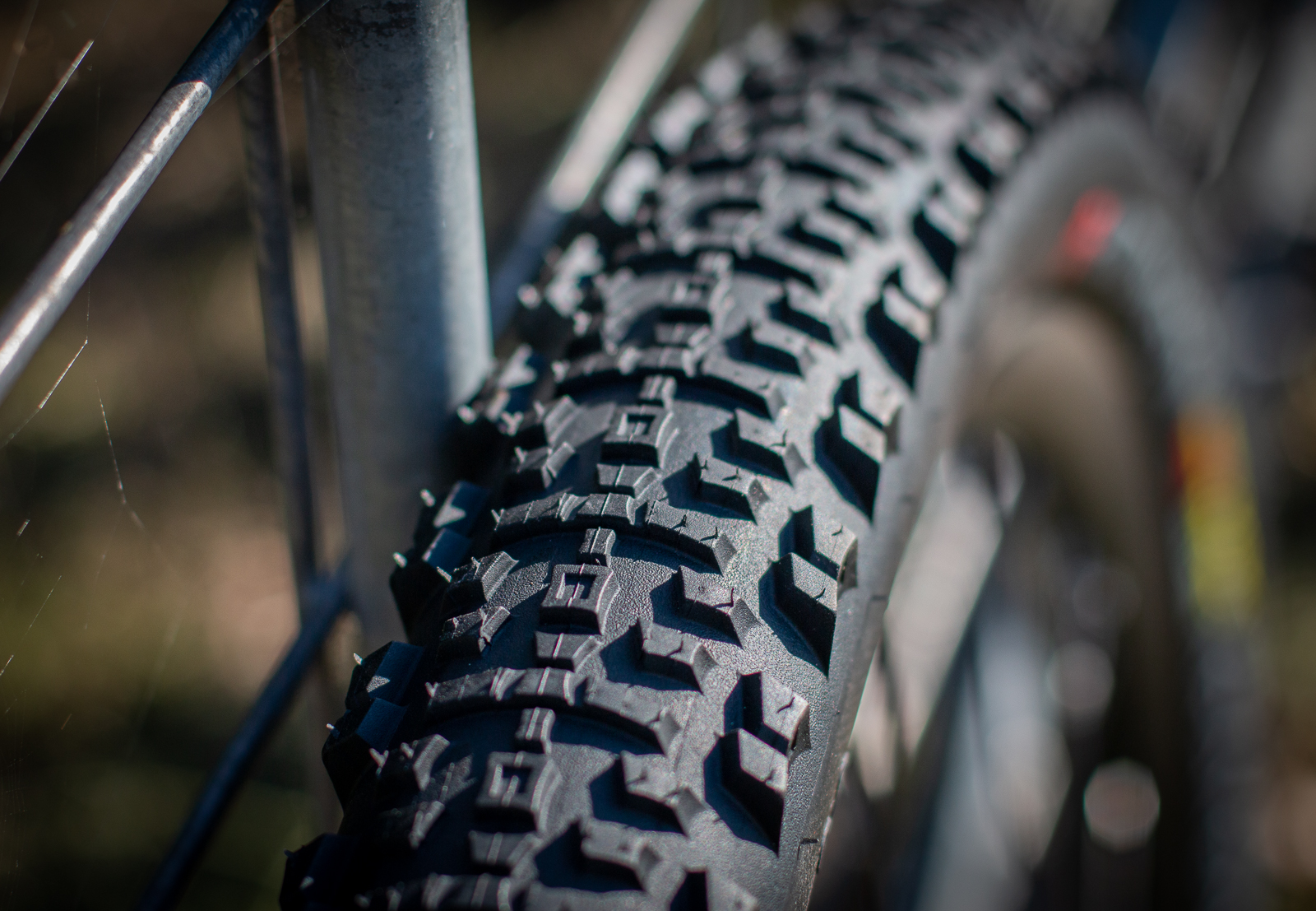
The Kraken model sent to test was the 29×2.3" Hard Skin model, developed with Hutchinson's athletes, hence the Racing Lab logo. You can see that on the Skeleton Hard Skin model as well. The Hard Skin model has the RR XC compound, like the Hard Skin Skeleton on test.
Fitted up, the tyres were about 53mm across – which is just almost the same as the Skeleton, despite comparing a 2.15" and 2.3" tyre. Visually, the Kraken looks to be a much wider tyre, as the edge knobs protrude to almost 55mm wide, compared to about 52mm for the Skeleton. The Kraken also sits taller as the extra width is also extra height and volume – hence the lower pressures as noted below.
For the testing, I set the Kraken up at 19.5psi for the front and 21psi in the rear. Wildly lower than the Skeleton to get the same trail feel. The greater volume would be the key part for this, and the stiffer casing for the front tyre.
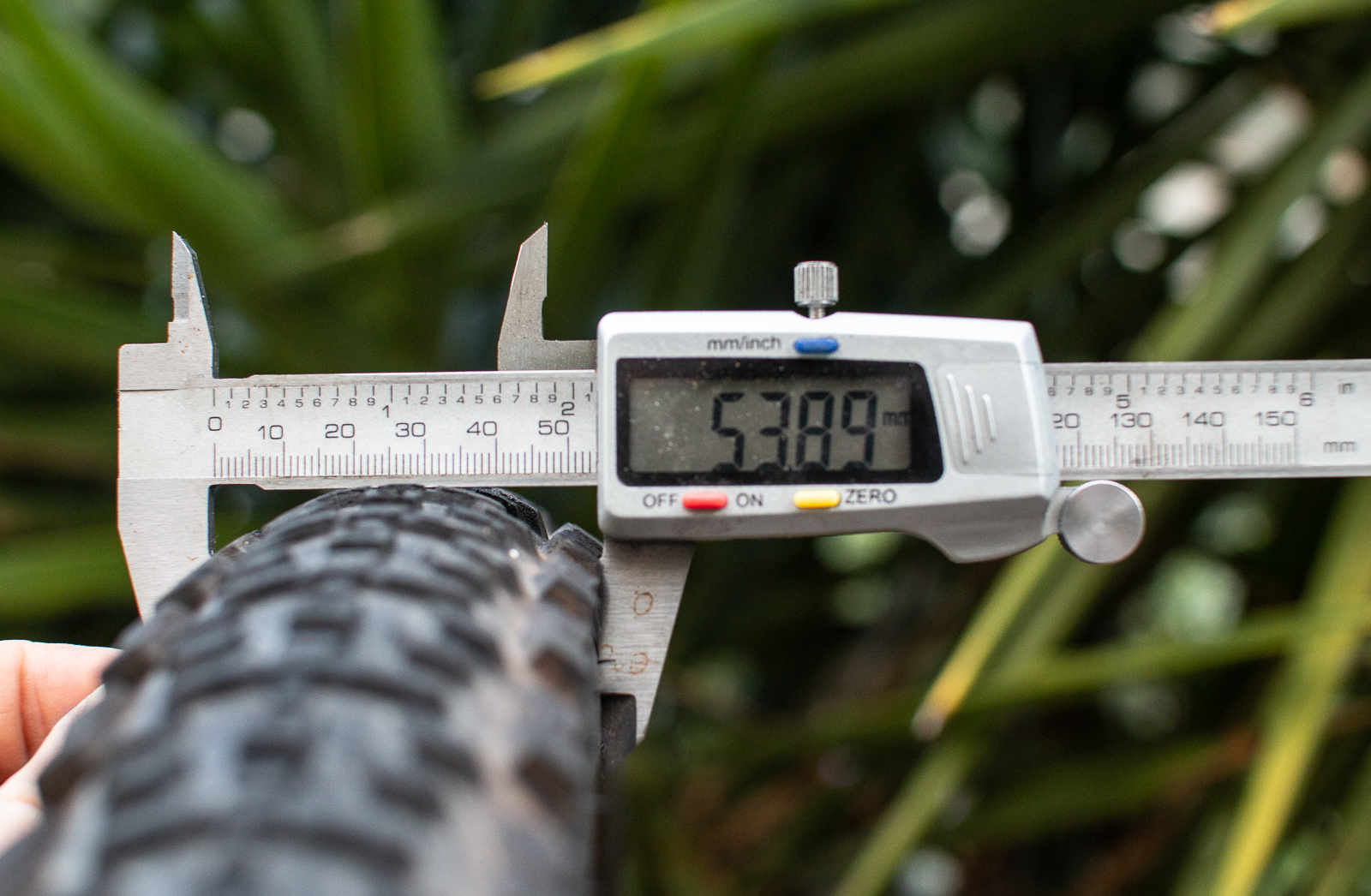
The Kraken has way more tread than the Skeleton, and the centre tread is still nearly joined for very fast rolling on hardpack. At 763g they're not that light, but considering how stiff the Hard Skin casing is, if you're used to slicing sidewalls then this could be a great option. And it's less than the 800g claimed weight.
As the Kraken gains more transition knobs and a more pronounced edge knob than the Skeleton, and this made it feel more consistent in looser terrain, especially in dry and crumbly trails (hello SEQ winter). The side knobs run down the sideall for better reinforcement too. It means you can actually use the side knobs without them squirming too much.
On the trails, the best way to describe the Kraken is solid. It rolls well on most terrain thanks to the closely spaced tread, and tracks well, without sliding around as much as the Skeleton. When jumping out of the saddle to accelerate it really digs in, with less slip than the Skeleton.
The extra traction is also available when braking, with better braking traction meaning you can leave your braking a little later and have a more effective response.
There's a downside to the Hard Skin casing though. While it is super tough and the sort of casing I'd look to be using in places lilke Alice Springs or Bendigo, or anywhere with notoriously sharp rock, it can feel a bit wooden on the trails. This is mostly noticeable when changing from the non-Hard Skin front tyres like the Skeleton or Taipan, as the feedback through the bars when trying to get some pop to work the bike over features just isn't the same.
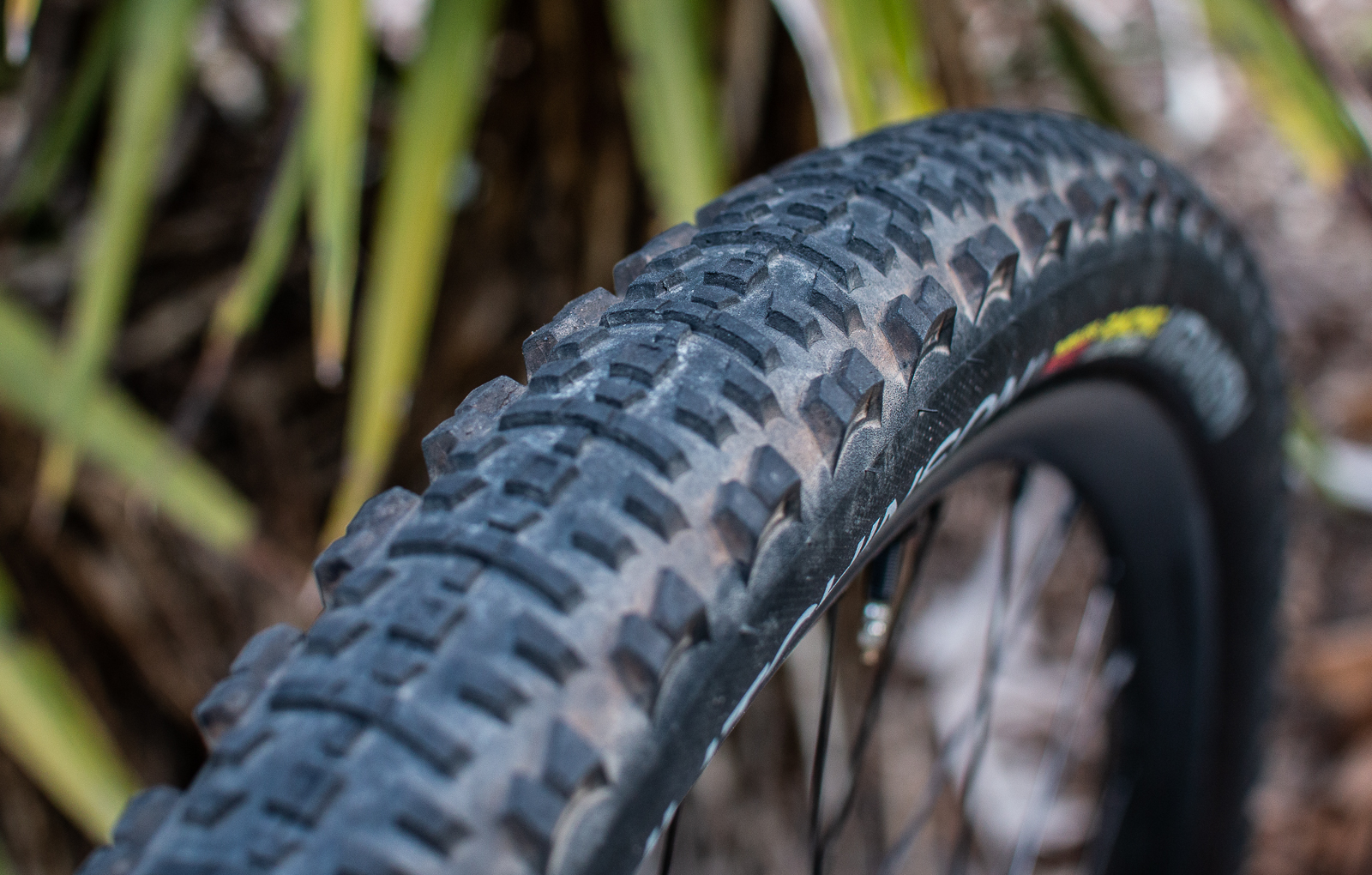
This is purely the casing, and something that is quote often evident when comparing a lower thread count with a higher one. There are distinct benefits to each, but also downsides.
Still, it's the tyre I ended up riding on the most. I like the surety of reinforced sidewalls, especially when trying new tyres. But given my experience on the 127tpi Skeleton and also the Python 2 tyres – I'd love to try the Kraken with the lighter and more supple 127tpi casing.
And the numbers? Well I set a PB on my little test loop, but was off the pace on the climb of the main loop thanks to some traffic, also evident with 293W average for the climb when I was aiming to hold about 315W. On the descent, I was 2 seconds faster than on the Skeleton – but based on my ride feedback notes it felt far more secure, being way more consistent in looser corners and on hitting rocks – even with much lower pressures.
The Kraken may only be a little wider in the casing, but the overall increase in volume and tread makes a difference in handling – and overall weight. It's a great all-rounder for cross-country and light trail use. And if you don't have crazy wide clearance in your frame, the Hard Skin model could be an excellent model for a rear tyre in a fast trail bike as well.
RRP: $89.00
From: Ride Sports
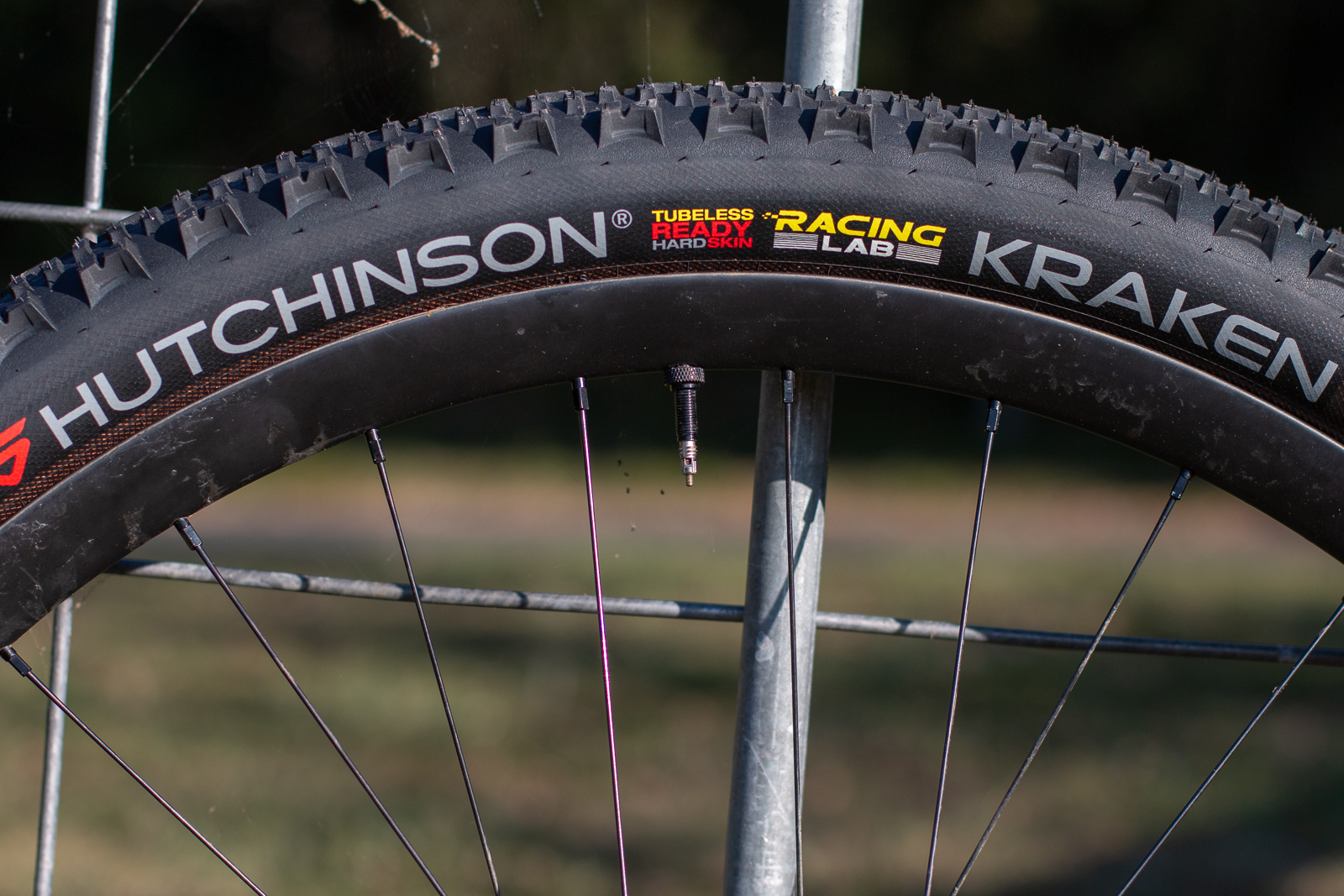
Hutchinson Taipan 29 x 2.25"
The Hutchinson Taipan is an older tread in the range, but one that still has plenty of life in it yet, and the performance window might be a bit wider than you think. Hutchinson call it an XC/Trail tyre, and the 2.25" width might have you thinking it's just for XC – but given everyone has a different opinion on what XC is and what trail is – let's just look at how they ride.
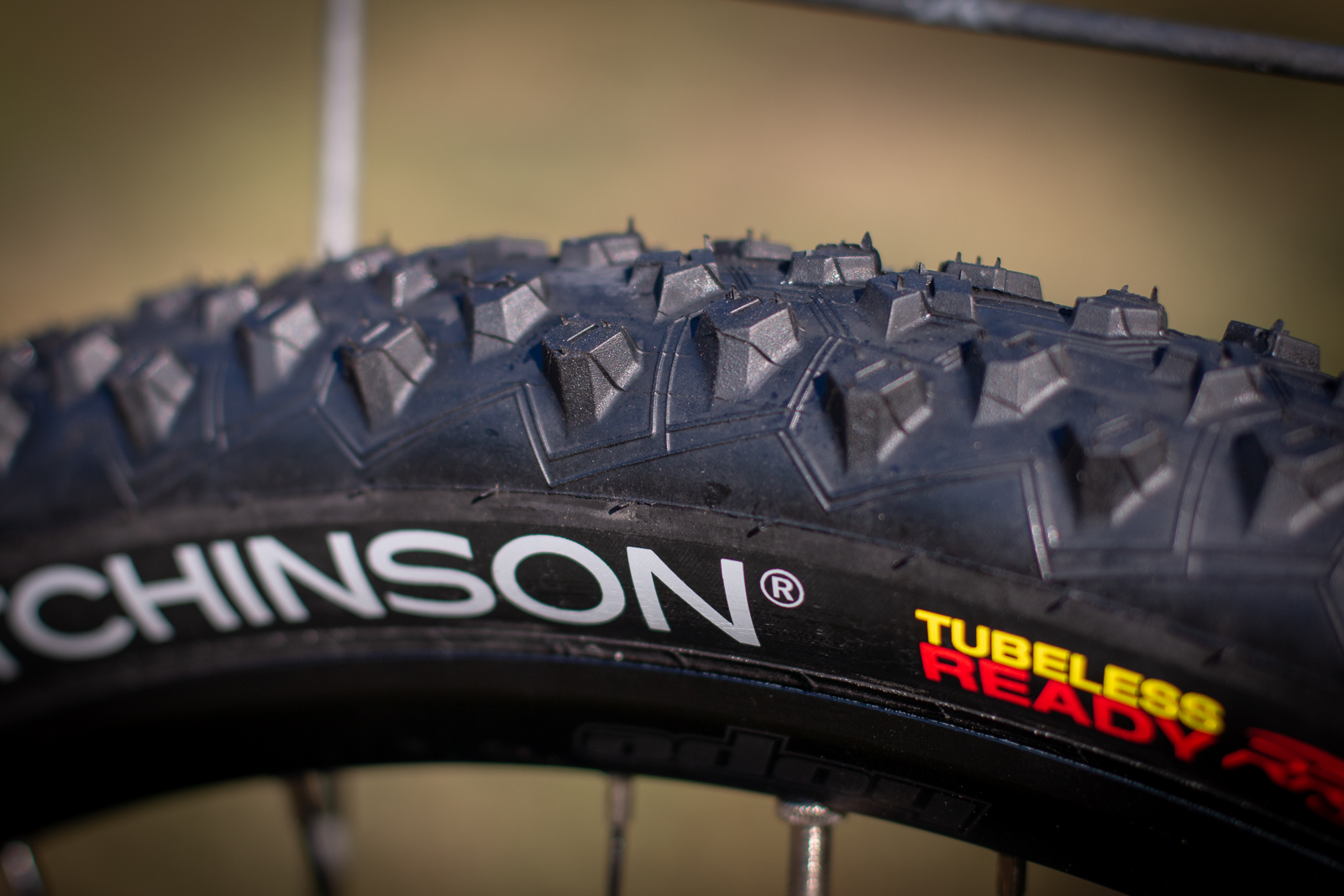
Like the Skeletons, I was sent one Taipan in a Hard Skin casing, and one with the 127tpi casing and RR XC compound. That meant the front tyre was 794g and the rear was 791g, as I put the Hard Skin model on the back. The inflated to over 55mm for the Hard Skin, and a little narrower for the 127 tpi model.Both tyres used the RR XC compound.
I ended up with the Taipan set at 21psi front and rear, to get the ride feel and support I was after.
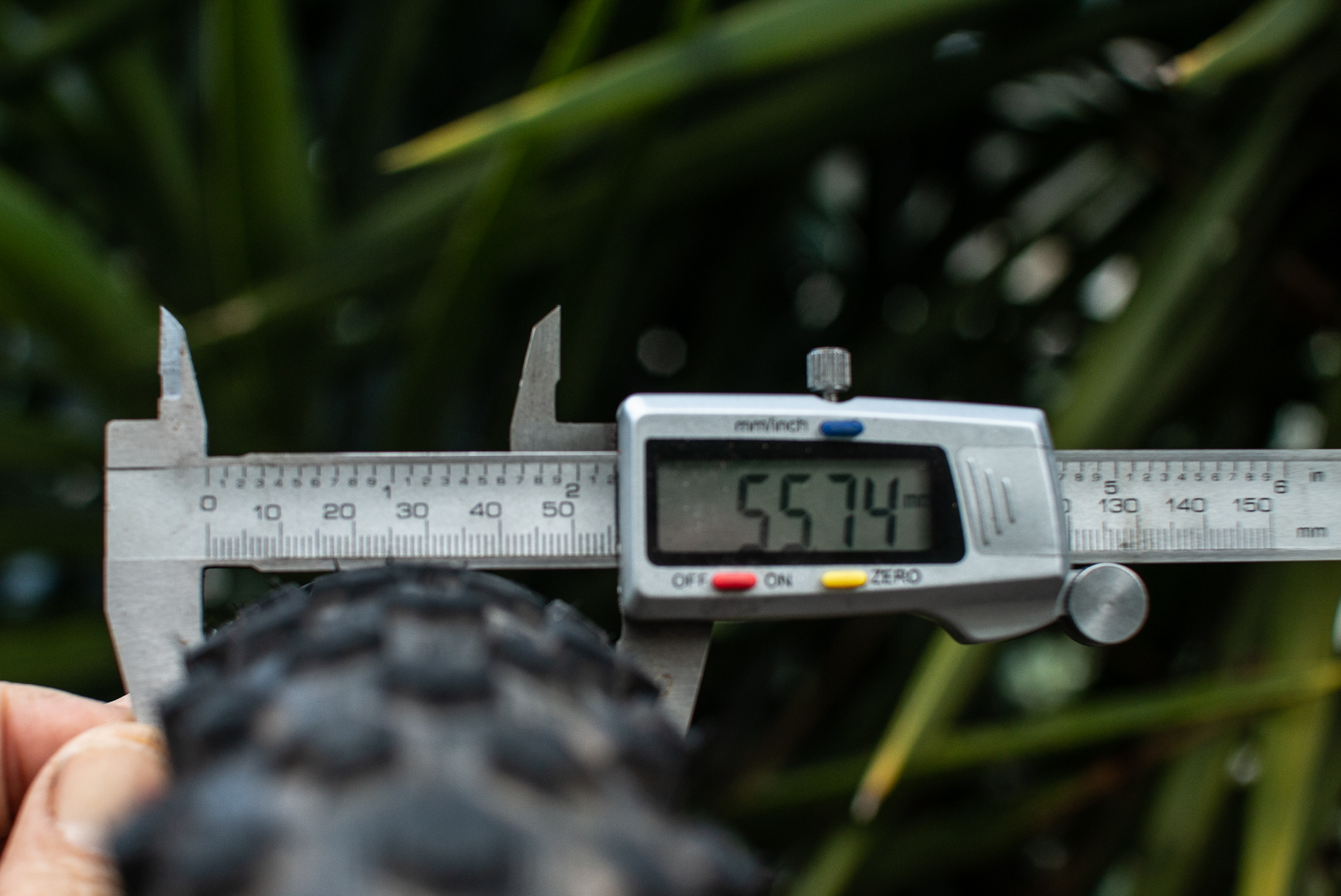
The tread knobs on the Taipan are large and well-spaced. The edge knobs alternate form inboard to outboard, and they are well supported on the sidewall. Unlike the Kraken and Skeleton (and the Python) the tread knobs are quite broad. The V-shape of the tread blocks is designed to shed mud – I didn't have a whole lot of mud around when testing, but what wetter ground there was did clear pretty well. I'd probably prefer something a little 'spikier' for proper Euro mud, but on the more damp trails I rode these hooked up really well.
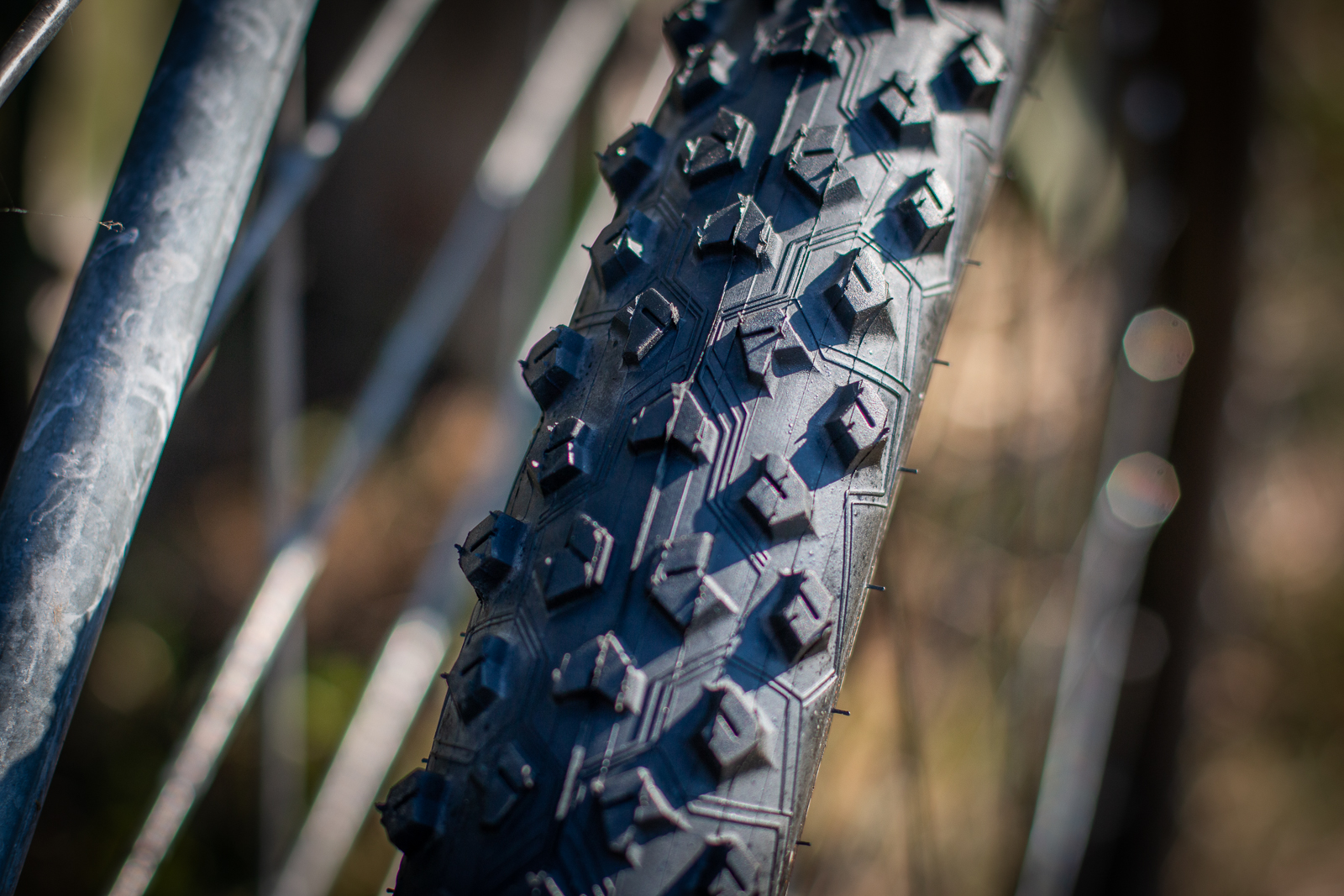
The overall profile is really round, compared to some tread patterns. It really leans itself to move from one corner to the next, and having the bike move around quite freely for what is a tyre with substantial knobs on them.
My first impression of the tyres was how well they hooked up. While the central tread has long tread blocks, they have spaces as well. But it still rolls ok, especially once it's moving. The transition knobs are very generous and with the round profile, there is great support as you move to the edge knob in more aggressive corners.
Sure, like any tyre the Taipan can still let go – but it was very gradual, something I put down to the in and out board edge knobs and the transition knobs, giving a pretty decent contact patch even when lent over in looser terrain.
I really liked having a non Hard Skin model on the front, for a bit more trail feel and compliance. In the softer terrain we've mostly had in Queensland over the past few months, with the last 4-5 weeks being really dry, I have continued to be impressed with the Taipain. It doesn't accelerate like a scalded cat like the Skeleton, but has a far wider performance window. The braking traction is up there, and possibly better than the Kraken.
And the numbers? Well I did my 3rd best time ever on the climb on my test loop, with a 313W average. The descent was 2 seconds off my fastest, set on a trail bike, but in general the bike felt more stable and predictable.
I think the Taipan is a really versatile tyre, and even if I was looking for something pretty racey and fast, this would be a top choice as a front tyre, perhaps with something a little lower profile – like a Python – on the back.
RRP: $55
From: Ride Sports
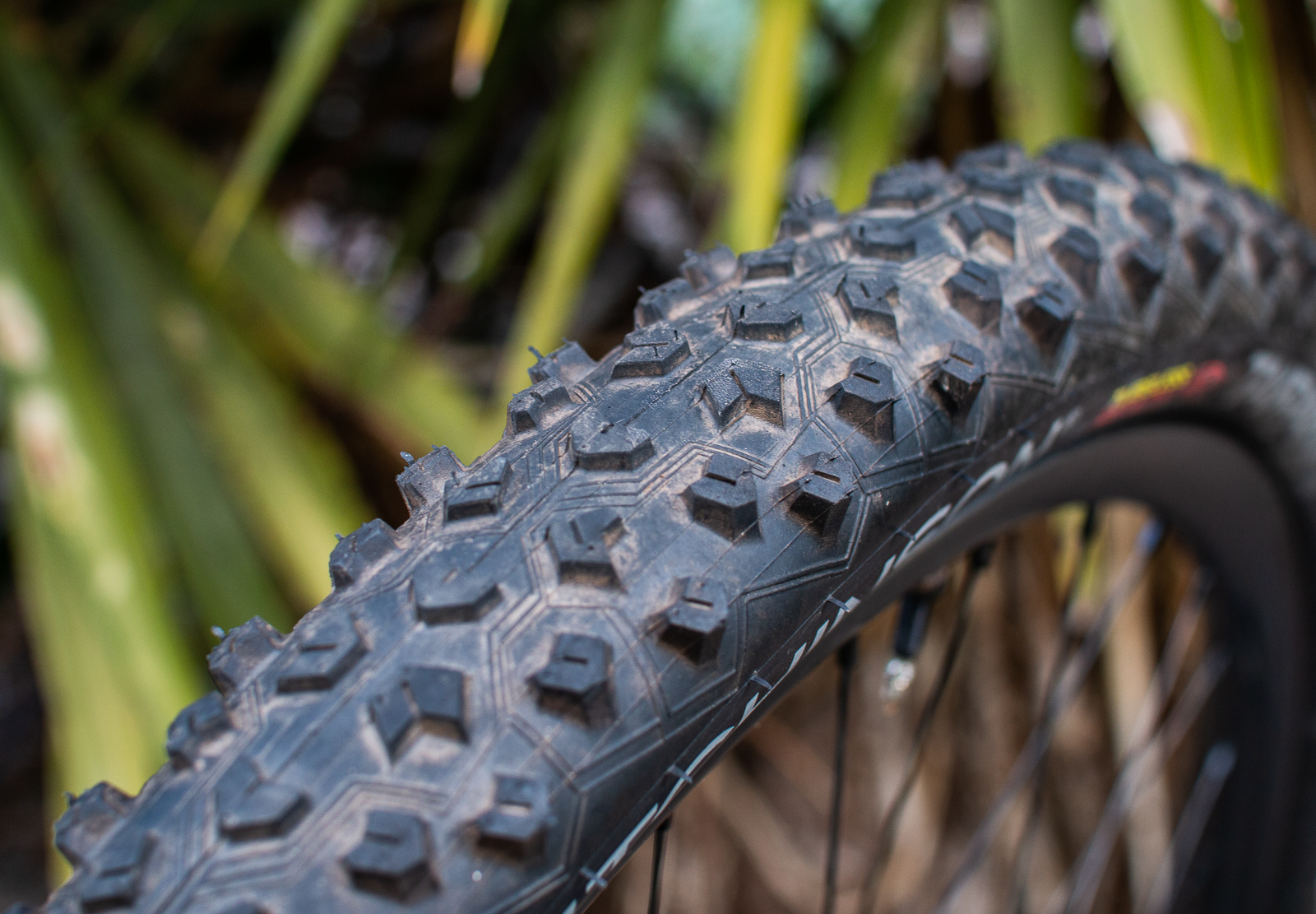
The verdict
None of these tyres disappointed for within their design brief. That said, the Skeleton is the most specific tyre in the mix. While it might be the favourite of Hutchinson's sponsored XC racers, the rest of us don't really have the skills to handle a low-profile tyre on a demanding World Cup XCO course!
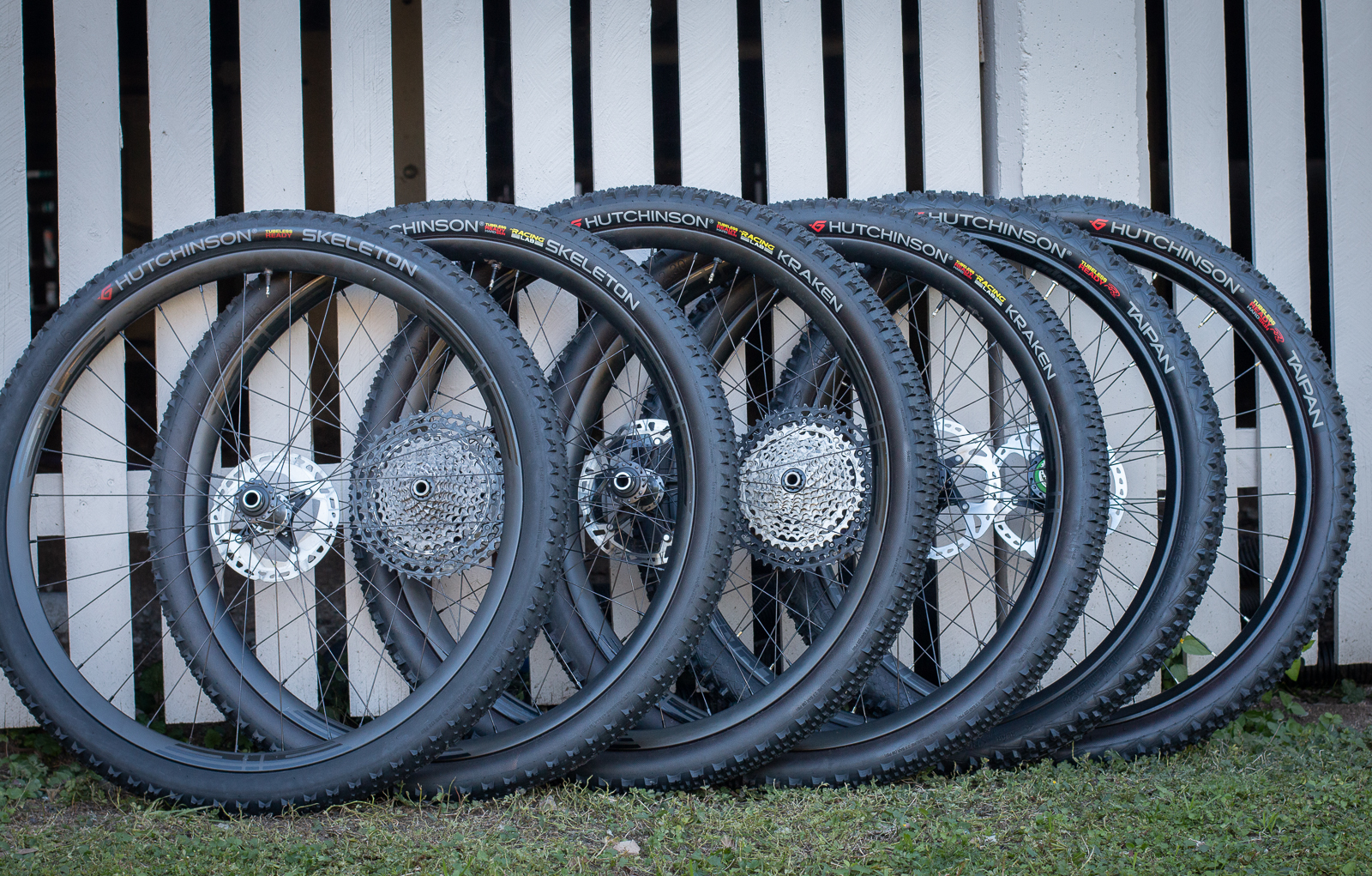
For XC and trail riding, there is a lot to be said for running a more aggressive front tyre and a faster rolling back one. While I didn't test the Hutchinson Python 2 tyres at the same time as these three other sets, I had just finished my review of them when the new tyres arrived. And they are another excellent choice to throw in the mix.
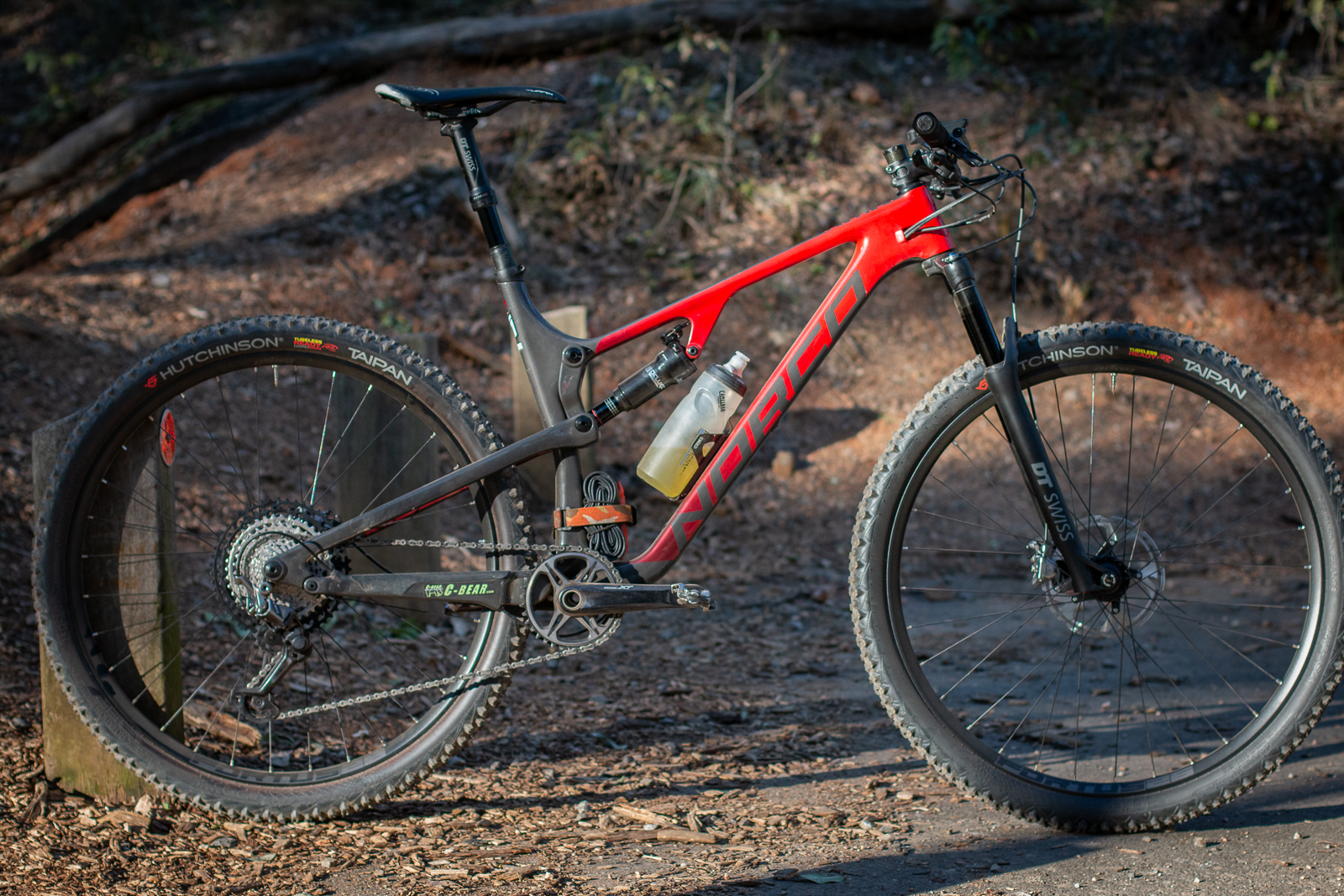
Given my experience with the Hutchinson tyres, I would happily set my bike up with plenty of them as an all-round setup. I really liked the Python 2 on the front and back, but putting the Taipain in the 127tpi on the front would be a very verstaile and sure-footed combination for XC use. Based on Hutchinson's information, the Kraken in Hard Skin would likely suit being a rear tyre using a Griffus 2.4" on the front – and this could be an excellent trail tyre combination.
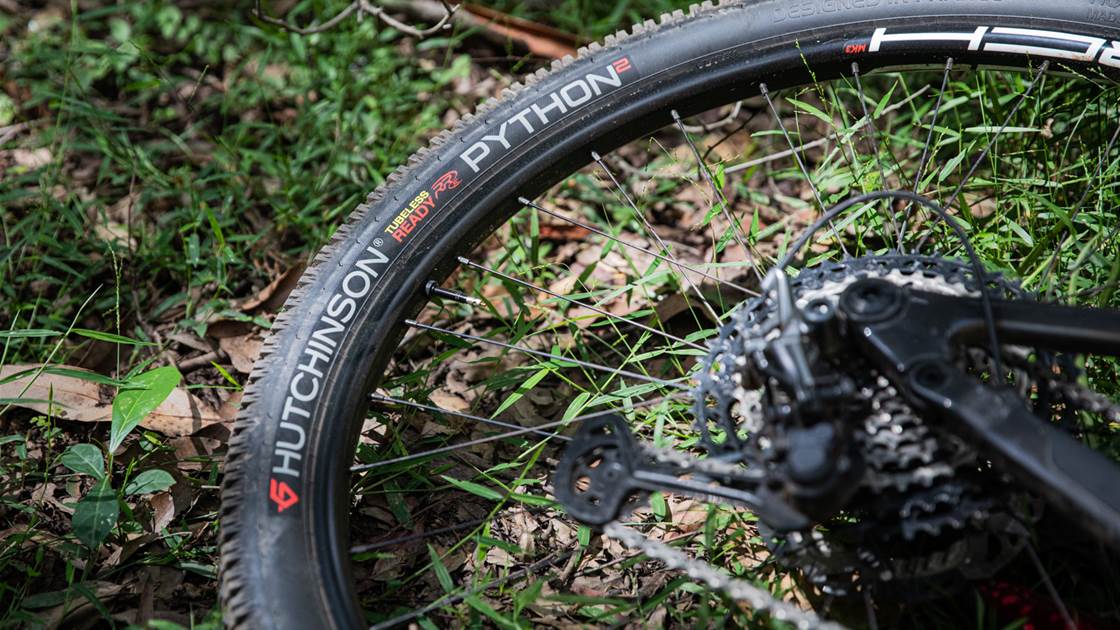
The Hutchinson range are well worth a look, and if you're after a fast trail or XC tyre combination, they are a reliable option. Every single tyre setup easily with a track pump, and I had zero flats the whole time. For more details on the models available, head to the Ride Sports website.
And if you want to make sure you don't miss all our reviews, opinion pieces and features, make sure you subscribe to AMB, and subscribe to our YouTube channel.


